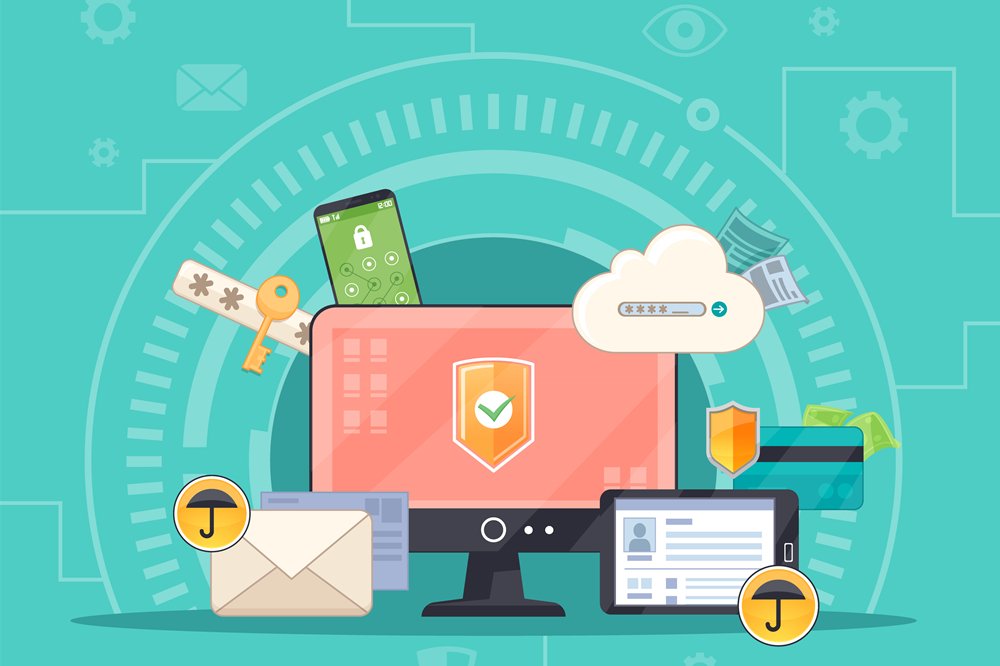Written by Joe Poh – Doctoral candidate at UOW Malaysia KDU
Published on 5 January 2021
The increase of IP-based software has resulted in increasingly more companies across different industries practicing software monetization to improve their revenue stream. There are a number of other key drivers that are pushing the execution of strategy on software monetization. One of the main findings by Frost & Sullivan in their 2019 report indicated that besides the main drivers to increase business revenue from software-related sales and growing blending of software into all industries, another crucial driver is the persistent problem of software privacy that has impacted business revenue.
Protecting IP and Software Anti-Privacy
As software is part of everything – both directly and indirectly – in almost every technological-oriented solution, protecting the IP (Intellectual Property) is becoming a challenging and important aspect of all businesses which contain software. Different programming languages are used to build such software. The most common scripting and non-native languages, including Java, Javascript, PHP, Python, and VB.NET are popular choices for software development in the last decade, with the objective to lower cost of development and speed up time to market. Javascript, especially, is considered the most popular open-source scripting language to build a lot of commercial products. All these scripting programming languages will need to be protected before being available for commercial use. Hackers with malicious intent will normally target unprotected codes by reverse engineering the scripts and explore a coding logic from the software. To protect software intellectual property from reverse engineering, obfuscation is commonly used as a “code dressing” method. This way, even if the hackers are able to reverse engineer the codes, they will not be able to understand the logic of the codes.
Unlicensed Use of Software
According to a BSA software survey report released in 2018, a majority of countries still have unlicensed software usage of more than 50%. However, there are two groups of unlicensed software users. One is by malicious intention to use unlicensed software, while the other can be unintentional overuse if an organization does not have a good policy to manage license needs that often result in legal issue. It may also be due to sophisticated process to protect the software-related IP, thus causing many software vendors to deliver unprotected versions to their customers.
The main concern by company CIOs from the survey stated that 48% were afraid that unlicensed software usage in the organization will cause huge negative impacts, with each incident estimated to cost USD 10,000 per infected computer and amounting to total costs of USD 359 billion. The top 10 concerns of enterprises over malware due to the use of unlicensed software (shown in the figure below) also support the fact that even the market would like to use licensed software. Even though there are still other drivers or factors, the findings by Thales Sentinel from their own customers show that 15% of the customers have the goal of improving operation efficiency and 10% to increase customer satisfaction.
| No | Concerns | Percentage (%) |
|---|---|---|
| 1 | Loss of Corporate and Personal Data | 46 |
| 2 | Unauthorized Access | 40 |
| 3 | Ransomware | 30 |
| 4 | System Outages and Downtime | 28 |
| 5 | Time and Cost to Disinfect | 25 |
| 6 | Loss of IP/Proprietary Information | 24 |
| 7 | Cost to Deal with Breaches | 22 |
| 8 | Impact on Customers | 21 |
| 9 | Impact on Organization’s Reputation | 20 |
| 10 | Cost to Prevent | 13 |
References
- Aura, T. & Gollmann, D. (1999). Software license management with smart cards. https://www.usenix.org/legacy/events/smartcard99/full_papers/aura/aura.pdf
- BSA Survey (2018). Software Management, Security Imperative, Business Opportunity. https://gss.bsa.org/wp-content/uploads/2018/05/2018_BSA_GSS_Report_en.pdf
- Frost & Sullivan (April 2019). The Rise of Software-Defined Systems and IOT Applications Highlight the Need for not just better Software Licence Management but also Software Monetization. Global Software Licensing and Monetization Market, Forecast to 2025.
- Guardsquare. (2020). https://www.guardsquare.com/en
- Jscrambler. (2020). https://jscrambler.com/
- Kurbanova, E., Korableva, O., and Kalimullina, O. (2018). Enhancing the Effectiveness of Asset Management through Development of License Management System on the Basis of SCCM 2012 Program by Microsoft Company. Proceedings of the 20th International Conference on Enterprise Information Systems (ICEIS 2018), 171-178. https://DOI:10.5220/0006641601710178
- Thales Sentinel. (2020). License, Deliver, Protect Your Software to Grow your business. https://cpl.thalesgroup.com/software-monetization

